When it comes to choosing a pet, snakes can be a unique and rewarding option. They are low-maintenance, fascinating, and can even form a bond with their owners. However, not all snakes are suitable for domestication. This article will guide you through the list of gentle snakes that make excellent pets and those best admired from afar in their natural habitats.
1. Corn Snake: The Beginner’s Best Friend
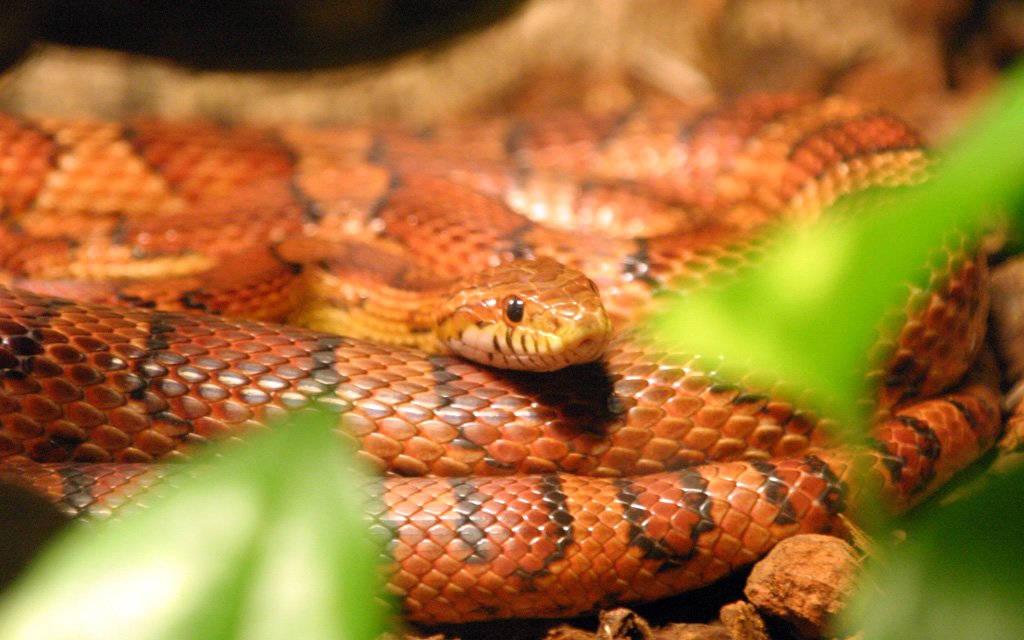
Corn snakes are often recommended for first-time snake owners due to their docile nature and manageable size. These snakes rarely grow longer than five feet and are easy to handle. Their calm demeanor makes them ideal for individuals who might be nervous about handling a snake for the first time. Corn snakes are also known for their beautiful color variations, which can range from bright orange to shades of red and brown. They are relatively easy to care for, requiring simple habitats and feeding routines. Additionally, corn snakes are not picky eaters and usually enjoy a diet of pre-killed mice. Their friendly nature and low maintenance make them a favorite among snake enthusiasts.
2. Ball Python: The Gentle Giant
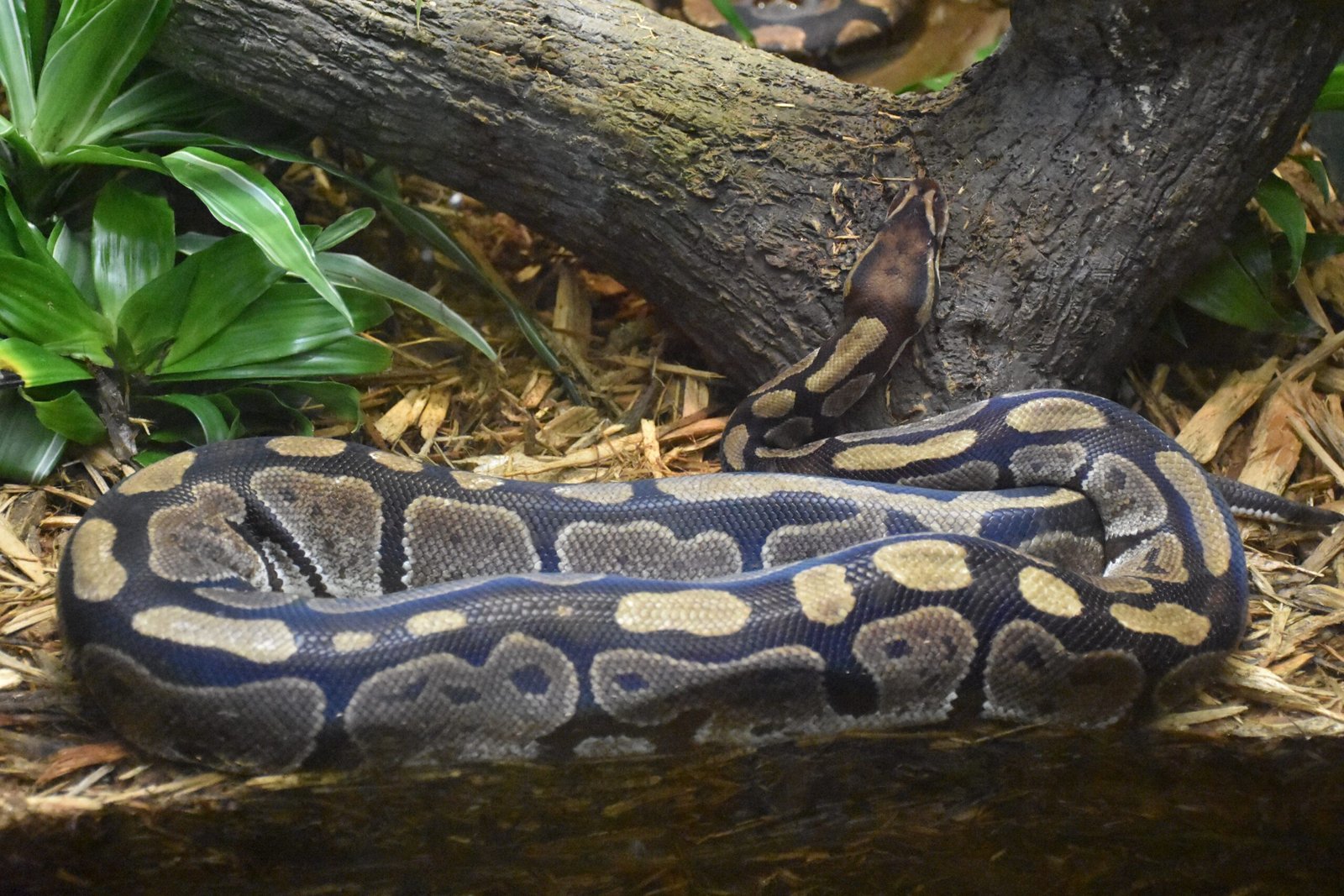
Despite their name, ball pythons are not particularly large, typically reaching about four to six feet in length. These snakes are known for their tendency to curl into a ball when frightened, which is where they get their name. Ball pythons are incredibly gentle and rarely show signs of aggression. Their diverse morphs and unique patterns add to their popularity as pets. They thrive in warm and humid environments and require a diet of appropriately sized rodents. While they can be shy at times, ball pythons are generally easy to handle and make excellent companions for those looking for a calm pet.
3. Rosy Boa: The Easy Keeper

Rosy boas are small, attractive snakes that are perfect for those who want a pet with minimal maintenance. They usually grow to about three feet in length and have a lifespan of around 30 years when cared for properly. Rosy boas are known for their gentle disposition and are often described as easygoing. These snakes require simple enclosures and a diet of small rodents. They thrive in dry environments, which makes them an excellent choice for those living in arid regions. Rosy boas are also slow-moving, making them less intimidating for novice snake owners.
4. California Kingsnake: The Colorful Companion
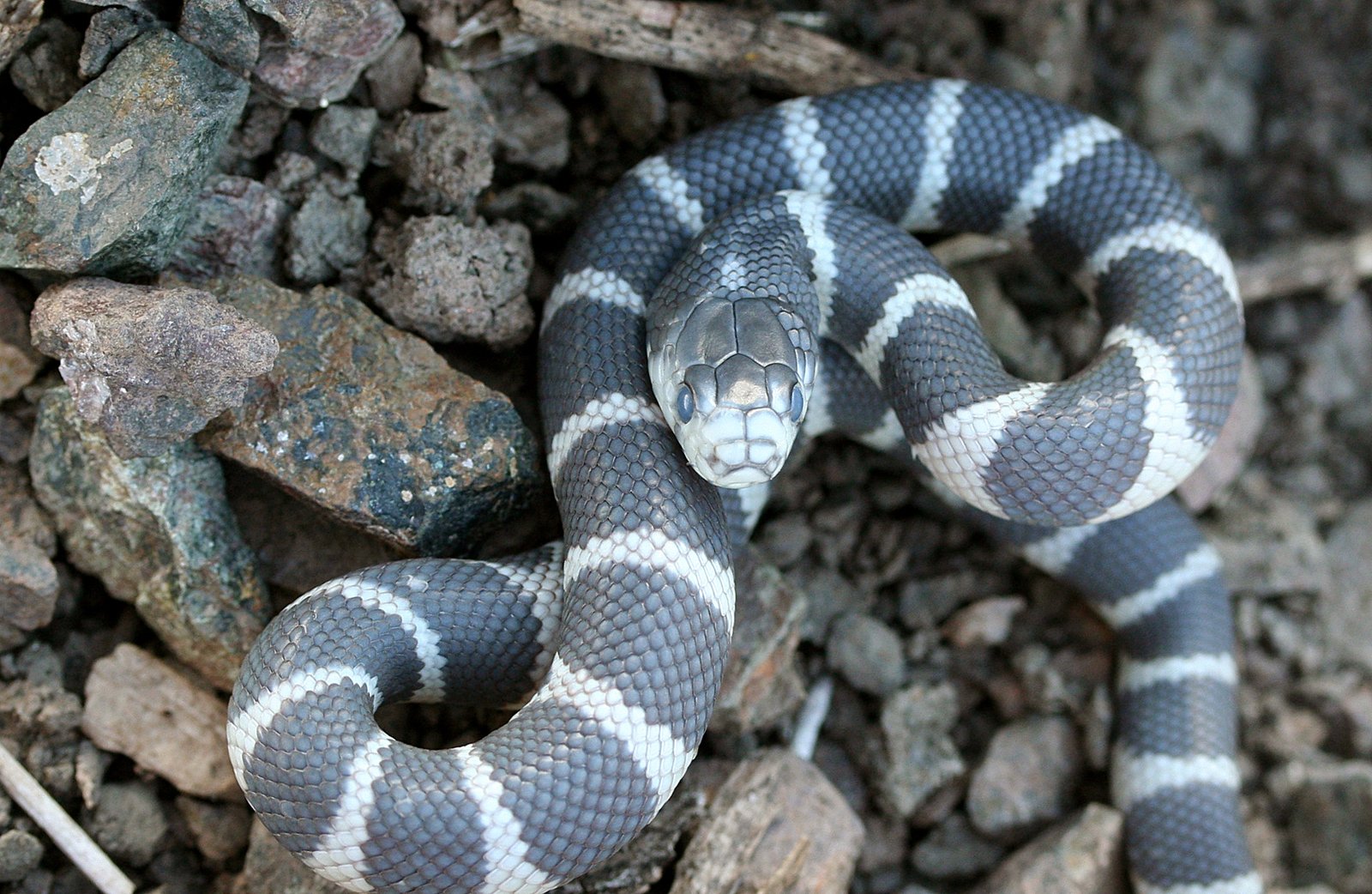
California kingsnakes are well-loved for their striking patterns and colors, which can vary widely. These snakes are generally calm and easy to handle, making them suitable for both beginners and experienced snake keepers. They are known for their adaptability and can thrive in a variety of environments. California kingsnakes are also relatively easy to feed, as they will readily consume pre-killed mice. Although they may occasionally be a bit nippy as juveniles, they tend to mellow with age and regular handling.
5. Garter Snake: The Garden Guardian
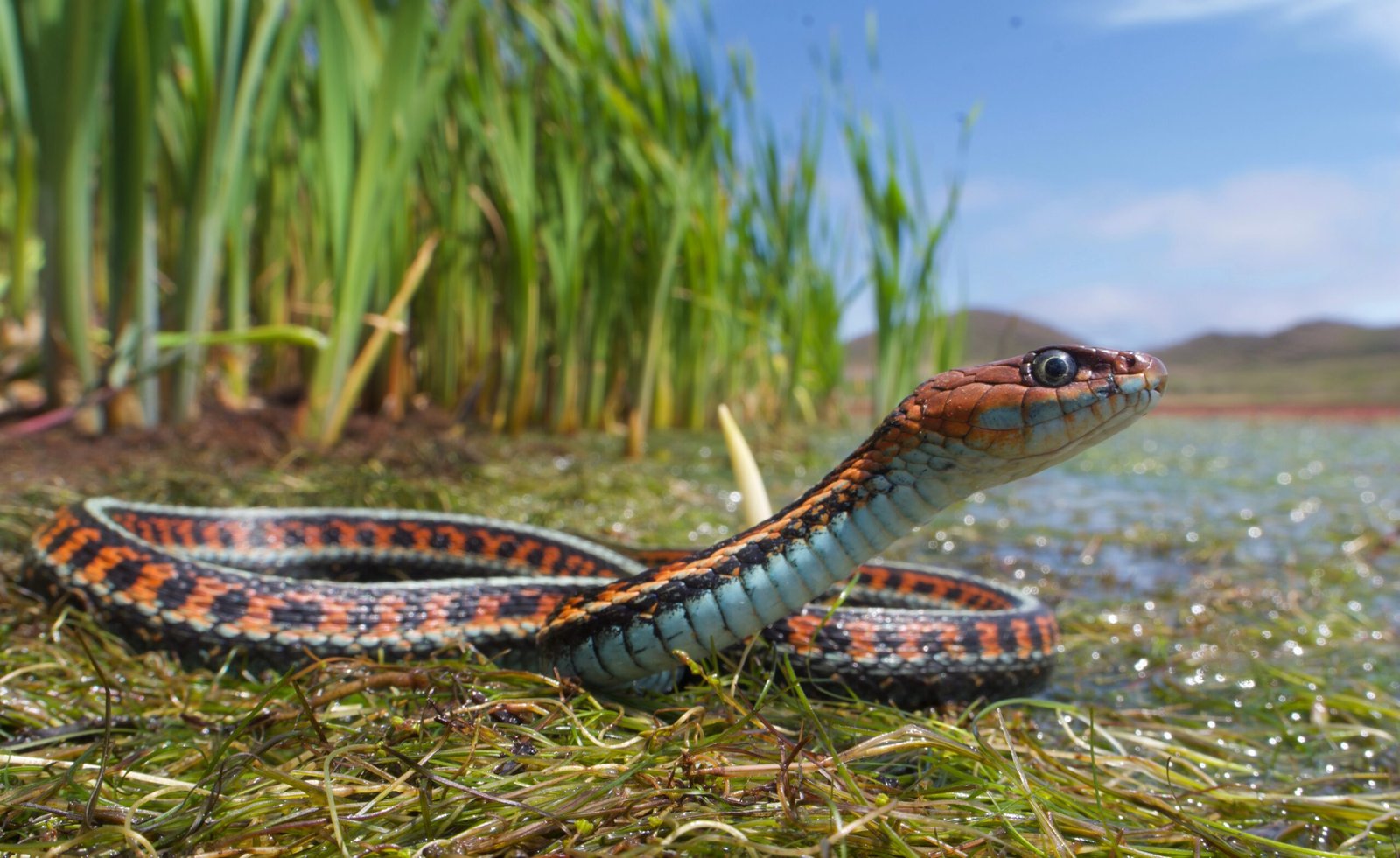
Garter snakes are often found in backyards across North America and are known for their slender bodies and vibrant stripes. These snakes are gentle by nature and rarely bite, making them a safe choice for families. Garter snakes are fascinating to observe, as they are active during the day and can be seen basking in the sun. They require a varied diet, including small fish, frogs, and worms, which can make feeding time an interesting experience. Garter snakes are relatively low-maintenance and can adapt well to different living conditions.
6. Milk Snake: The Mimic Marvel
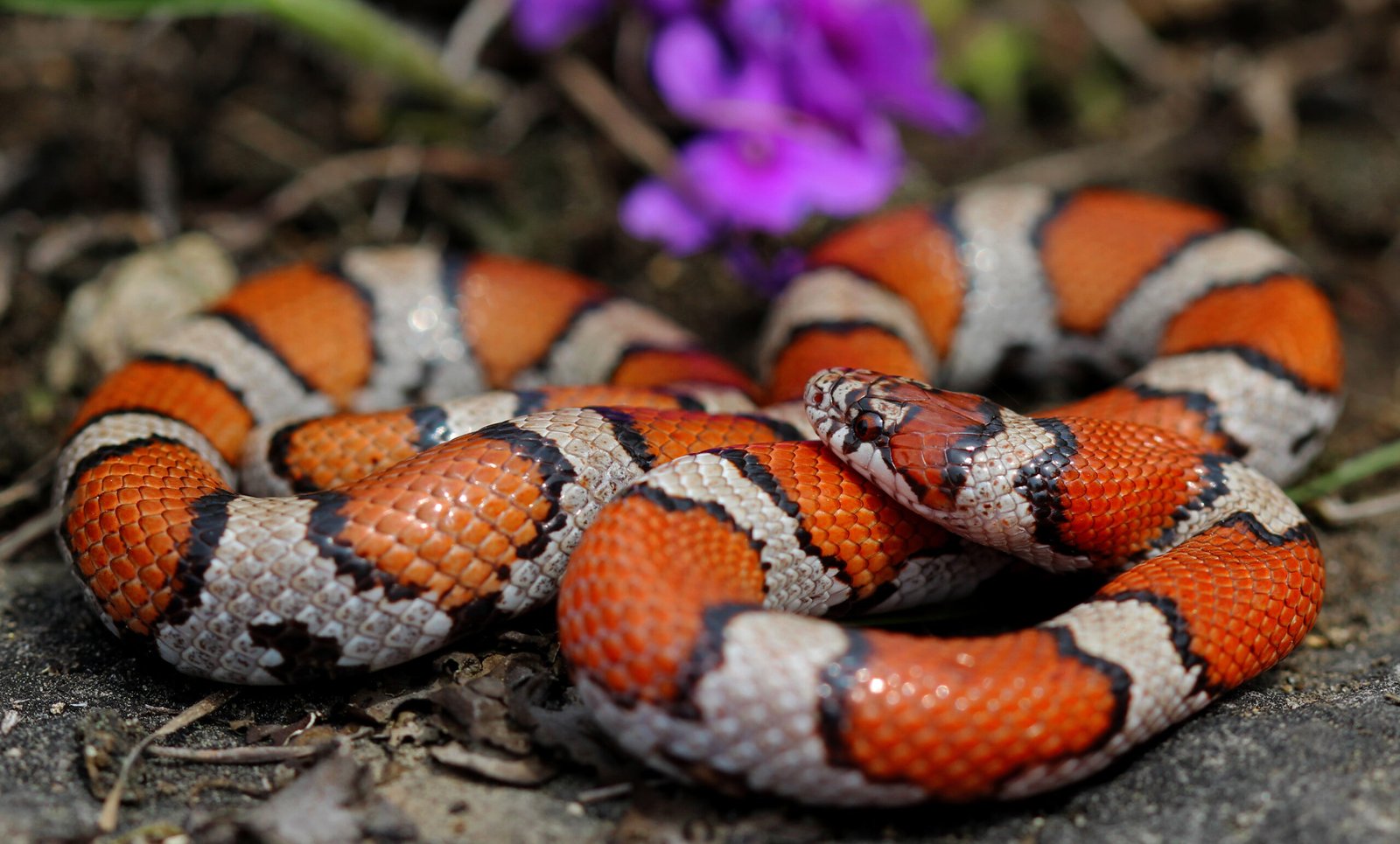
Milk snakes are known for their vibrant colors and patterns, which often mimic those of the venomous coral snake. Despite this resemblance, milk snakes are non-venomous and make excellent pets. They are generally docile and easy to handle, although they can be a bit shy at first. Milk snakes adapt well to captivity and require a diet of pre-killed rodents. Their striking appearance and gentle nature make them a favorite among snake enthusiasts. With proper care, milk snakes can live for over 15 years, providing long-term companionship.
7. Kenyan Sand Boa: The Burrowing Beauty
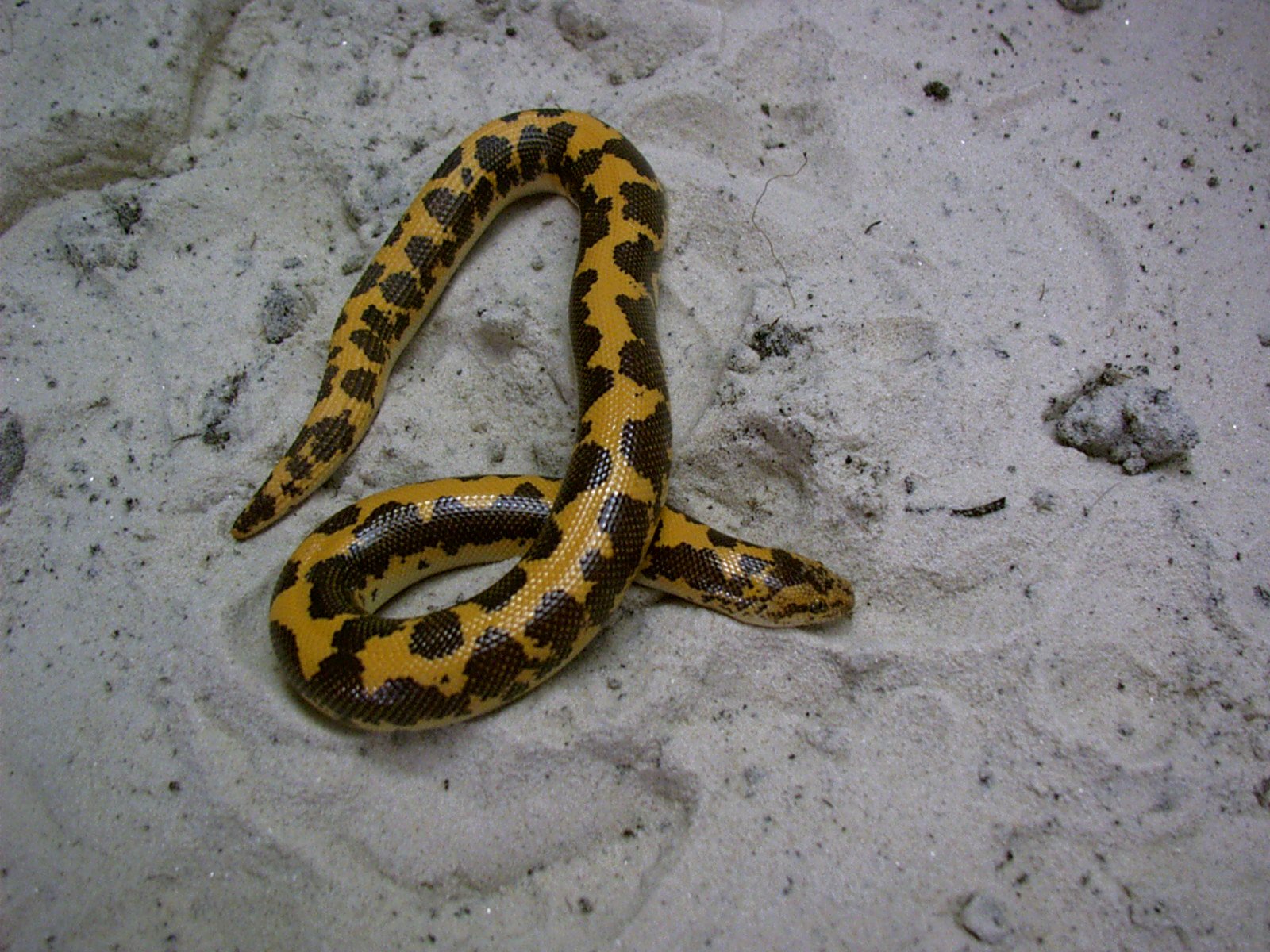
The Kenyan sand boa is a small, burrowing snake known for its unique appearance and calm demeanor. These snakes are typically around two feet long and have a chunky, rounded body. Kenyan sand boas are easy to care for and require a simple setup with a substrate that allows for burrowing. They are not particularly active, which makes them ideal for those who prefer a more laid-back pet. Their diet consists mainly of appropriately sized rodents. Kenyan sand boas are known for being gentle and are unlikely to bite, making them a great choice for families and beginners.
8. Children’s Python: The Perfect Pet for Kids
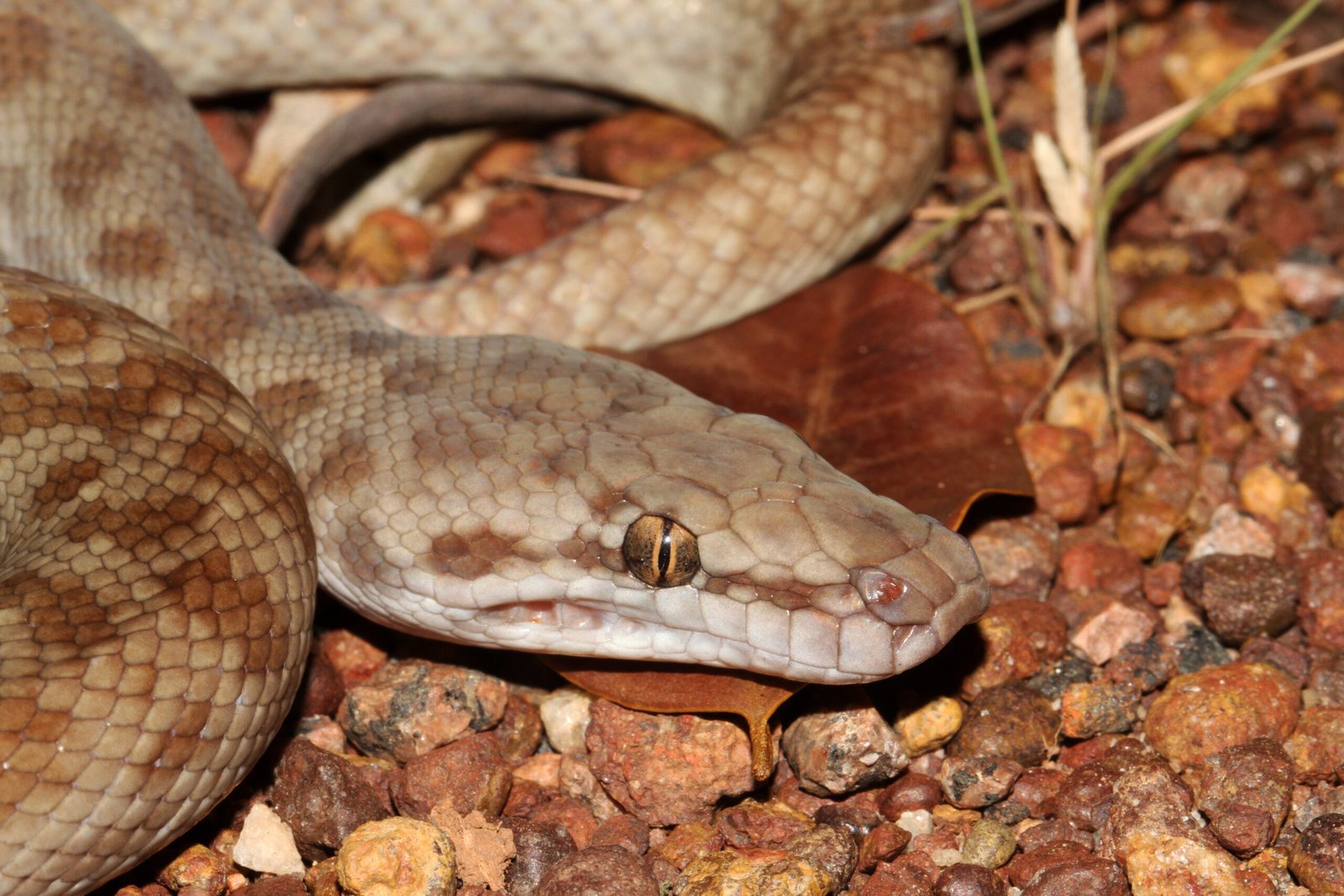
Despite its name, the Children’s python is not specifically for children, but it is an excellent pet for young snake enthusiasts. This small python is native to Australia and is named after John George Children, a British zoologist. Children’s pythons are known for their gentle nature and ease of care. They typically grow to about three feet in length and have a lifespan of over 20 years. These snakes are easy to handle and enjoy being held, which makes them a great option for families. They thrive on a diet of small rodents and are relatively low-maintenance, requiring only basic care.
9. Burmese Python: A Giant That Needs Space

Burmese pythons are among the largest snakes in the world, growing up to 23 feet long. While they can be gentle, their size and strength make them challenging to keep as pets. These snakes require significant space, specialized care, and a diet of large prey. Due to their impressive size, Burmese pythons are best left in the wild or kept by experienced handlers with ample resources. In the wild, they play an essential role in controlling populations of smaller animals. They are fascinating to observe in their natural habitats but can be overwhelming for most pet owners.
10. Green Anaconda: The Mighty Constrictor

Green anacondas are the heaviest snakes in the world, capable of reaching over 30 feet in length. These formidable constrictors are best appreciated from a distance, as their size and strength pose significant challenges for captivity. While they are not typically aggressive, their sheer power makes them unsuitable for most snake enthusiasts. Green anacondas require vast environments and a diet that includes large prey such as capybaras and caimans. They play a crucial role in their ecosystems by maintaining balance among various animal populations.
11. Reticulated Python: The Patterned Predator
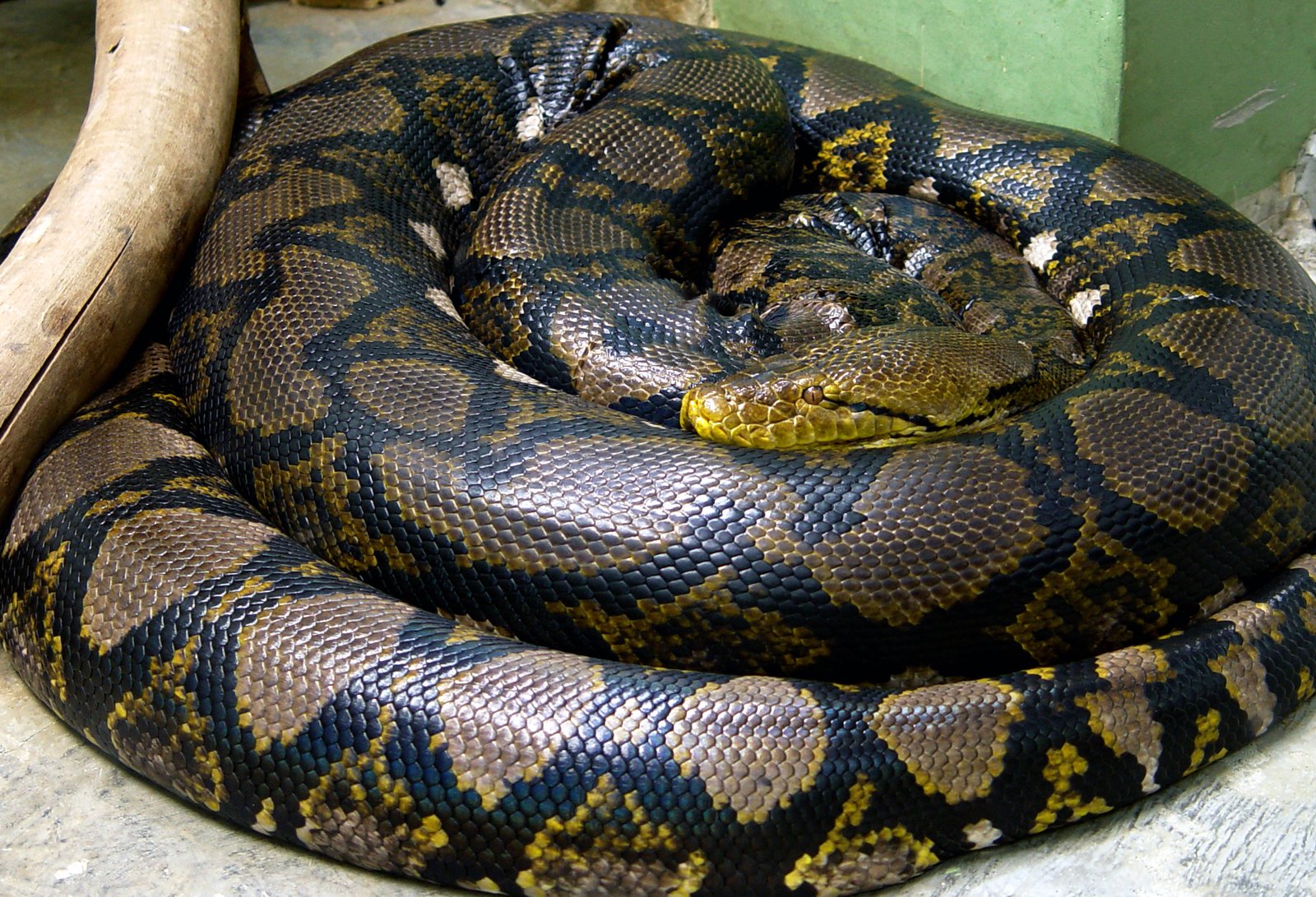
Reticulated pythons are known for their intricate patterns and vibrant colors, making them visually stunning. However, their size and strength make them better suited for experienced handlers or wildlife reserves. These snakes can grow up to 30 feet long and require specialized care and housing. Reticulated pythons are powerful constrictors and need a diet of large prey. While their beauty is undeniable, they can be dangerous if mishandled, making them best left in the wild or with professionals who can meet their needs.
12. King Cobra: The Regal Reptile
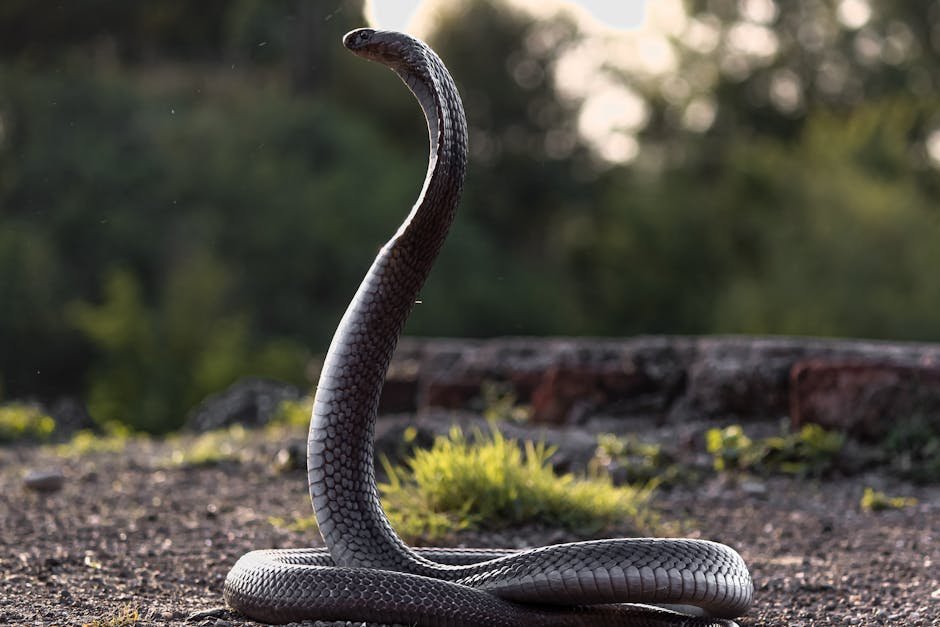
The king cobra is the longest venomous snake in the world and is revered for its impressive size and striking appearance. While they are fascinating creatures, king cobras are highly venomous and require specialized care and handling. These snakes can grow up to 18 feet long and have a potent neurotoxic venom. In the wild, they play a vital role in controlling populations of other snakes and small mammals. King cobras are best admired from a safe distance, as their venom and size make them unsuitable for most pet owners.
13. Black Mamba: The Speedy Serpent

The black mamba is known for its speed and potent venom, making it one of the most feared snakes in the world. These snakes can reach speeds of up to 12 miles per hour and have a lethal bite. Black mambas are best left in the wild, where they contribute to controlling populations of birds and small mammals. Their need for large territories and specialized care makes them unsuitable for captivity. While their agility and power are remarkable, they are best appreciated from afar, where their natural behaviors can be observed without risk.
In conclusion, snakes can make fascinating and rewarding pets for those willing to learn about their care and needs. While some species thrive in captivity and form bonds with their owners, others are best left in the wild due to their size, strength, or venom. By choosing the right snake for your lifestyle and experience level, you can enjoy the unique companionship these incredible reptiles offer.

Linnea is a born and bred Swede but spends as much time as possible in Cape Town, South Africa. This is mainly due to Cape Town’s extraordinary scenery, wildlife, and atmosphere (in other words, because Cape Town is heaven on earth.) That being said, Sweden’s majestic forests forever hold a special place in her heart. Linnea spends as much time as she can close to the ocean collecting sea shells or in the park admiring puppies.






